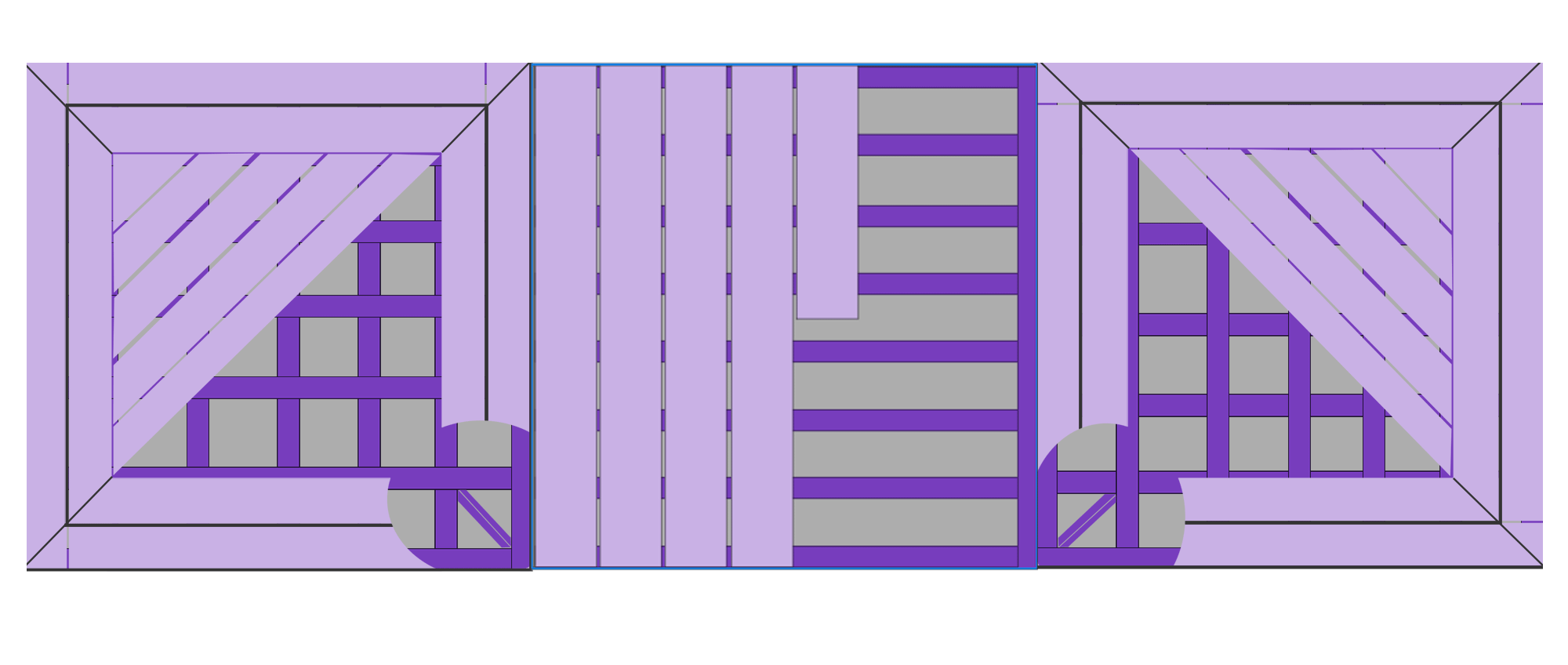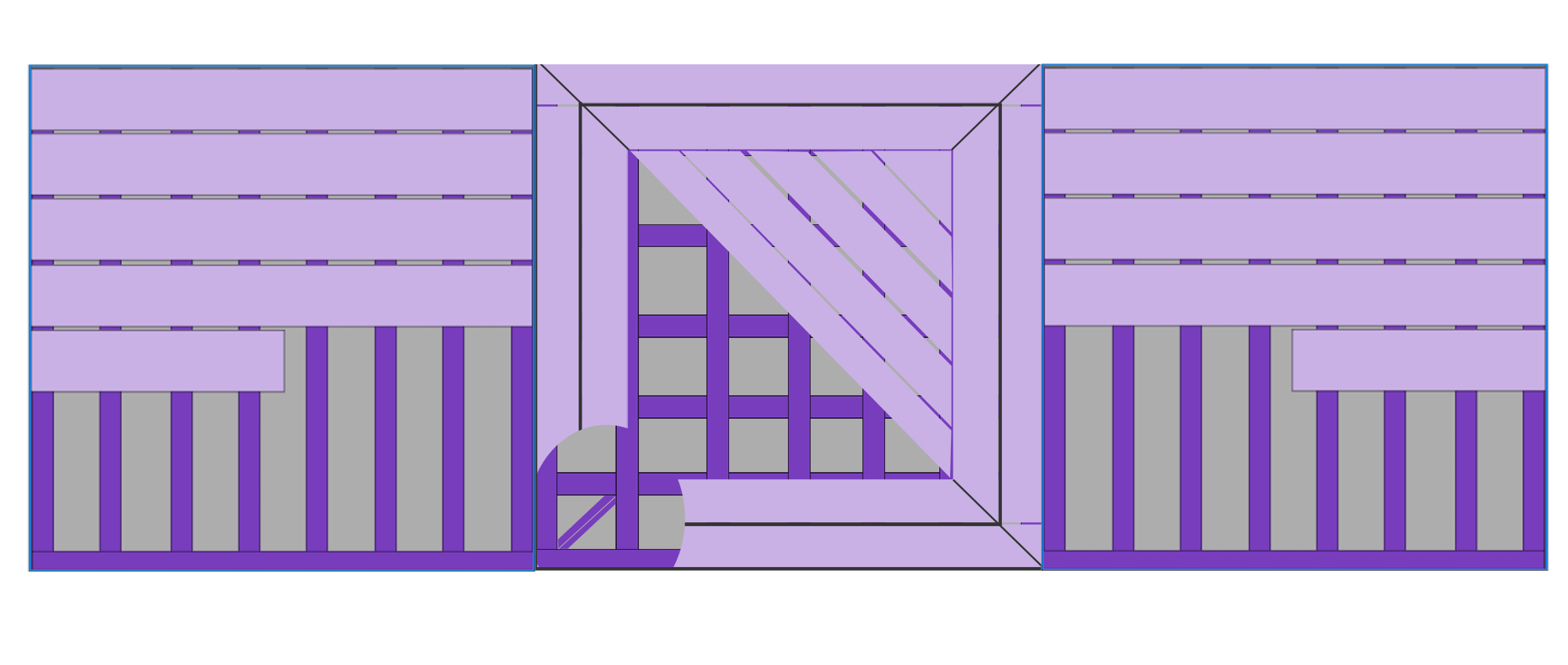A deck helps you get the most out of your garden space. So how do you plan a deck? Read our guide to find out the key factors in planning a deck and how you can prepare for a successful final result.
Table of contents:
Decking plans
When you need decking plans, you will need to consider personal and technical factors when it comes to making the plans. Below you can discover the various factors you will need to consider.
What purpose will your decking have?
Decking could be used in many different ways. Including:
- A socialising area
- A clean area for children to play
- Hot tub foundation
- Pool foundation
- A replacement for lawn space to reduce maintenance
And many more. The purpose of your decking will have an impact on the rest of your planning. Not only because of the size of the decking, but also the total cost of materials and the type of decking boards you use.
What deck size do you need?
You’ve figured out the purpose of the deck, but the size will need to be your next deciding point. One thing to remember is it’s important to note the size of your garden as it is now. Can you afford to have a large deck put in place or will you need to go much smaller? A good approach is to size the deck so that it can be expanded at a later date if it turns out too small.
You can draw up a plan to get a better visual representation and understand the dynamics of the deck’s future style and size. Make sure to include your house and your garden for a more accurate plan.
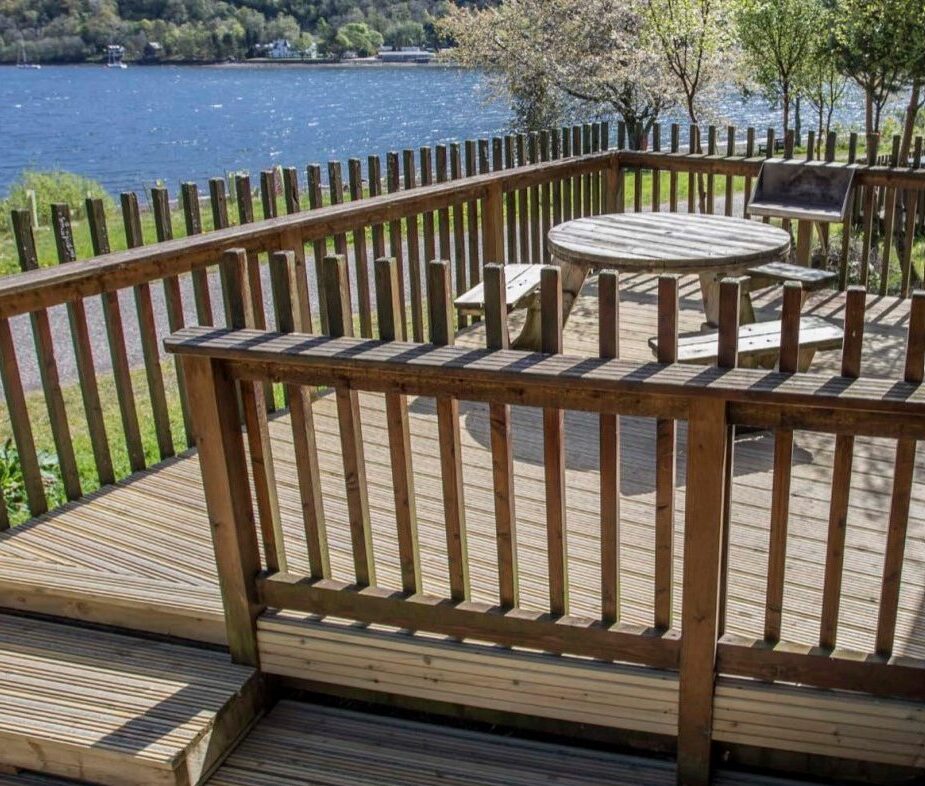
Where do you want your decking to be laid?
Typically where you lay your decking will depend on what the purpose is. If you’re adding it as a foundation for a hot tub or pool, then there is already a set space. If the space has yet to be chosen, take note of the following factors:
- Existing foundation – Level foundations are easier to work with than sloped ground.
- Distance from the home – Decking doesn’t have to be separate from the property but make sure that if you’re connecting it to the property you go through the proper steps to do so.
- Sun exposure – Make sure that if you don’t want a lot or any sun exposure then choose somewhere with the most shade and visa versa.
- Privacy – If you want more privacy you can add fencing/walls around the deck or if you aren’t concerned with increasing privacy, you can have no walls or fence at all.
- Existing features – These could be trees, plants or other items that you might not want to disturb. If this is the case, you can simply work around these to ensure the feature and the decking fit smoothly in place.
Note: It’s important to know that some trees might not be their full size, so if you’re unsure about the tree make sure to research it prior to installation to ensure no future problems occur. - Pipes and cables – You’ll need to check there are no pipes or cables where the decking will be placed to ensure they aren’t damaged during installation and can continue to be easily accessed in future.
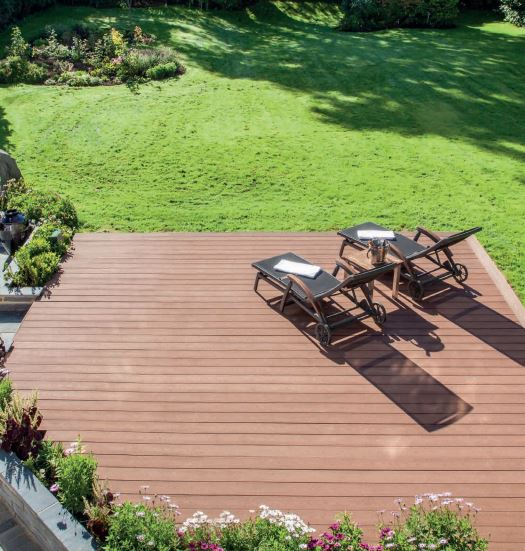
What planning permissions and building regulations are needed?
This is typically the area where installers struggle, but with the right information, you can understand how to approach them.
Note: Make sure to discuss any planning permission or building regulation with a professional.
Although advice cannot be provided directly via our website, you can speak to officials. This includes making sure you speak to your Local Planning Authority about the plans, as well as speaking to neighbours as this can halt or even stop your decking plans.
How many decking boards do I need?
When it comes to the number of decking boards you need it can be a complicated process. You’ll need to make sure you have all measurements in the same unit before following the equations below:
Step one: Length x width = decking surface area m²
Step two: Expansion gap length + deck board width
Step three: Expansion gap width + deck board length
Step four: Multiply the results from steps two and three together to get the single board coverage in m²
Step five: Single board coverage x 1.1
Step six: Decking surface area (from step one) x single board coverage = total amount of boards needed for the surface.
Note: The total result will also include the waste decking, so do not be concerned if it seems slightly larger than anticipated.
How wide are decking boards
Decking board widths vary, but typically you’ll want thicker boards for larger spaces and thinner boards for the narrower areas. The thickness will also depend on the type of decking material, but it can be anything from 16mm to 32mm and many more. To summarise, you can use a variety of decking thicknesses in designs as long as the thickness is consistent.
Decking layout
There are a variety of different decking layouts to choose from. It’s simply finding out which one fits your appearance needs and the purpose of your decking.
Horizontal /vertical decking layout: This design is one, if not the, most traditional style to choose when it comes to decking. It comprises boards being laid across horizontally or vertically (depending on which way you’re facing).
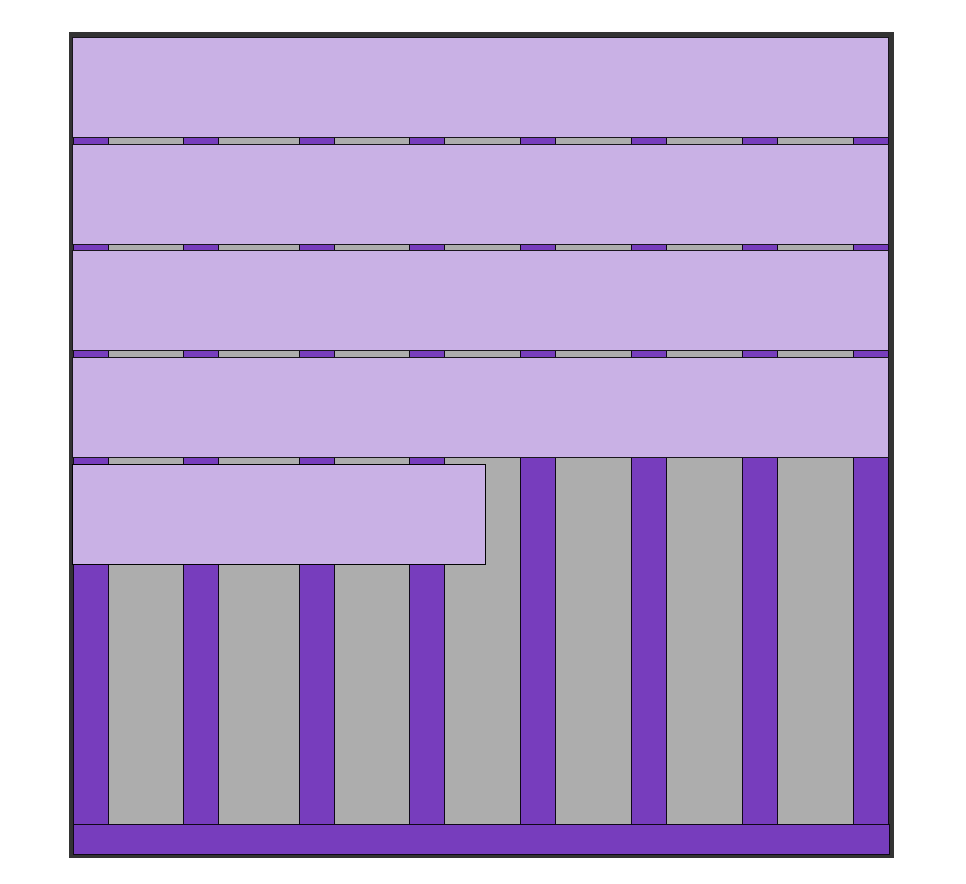
Diagonal decking layout: This layout is also a popular, classic design. It allows you to put a twist on the main traditional design, while still having a uniform appearance.
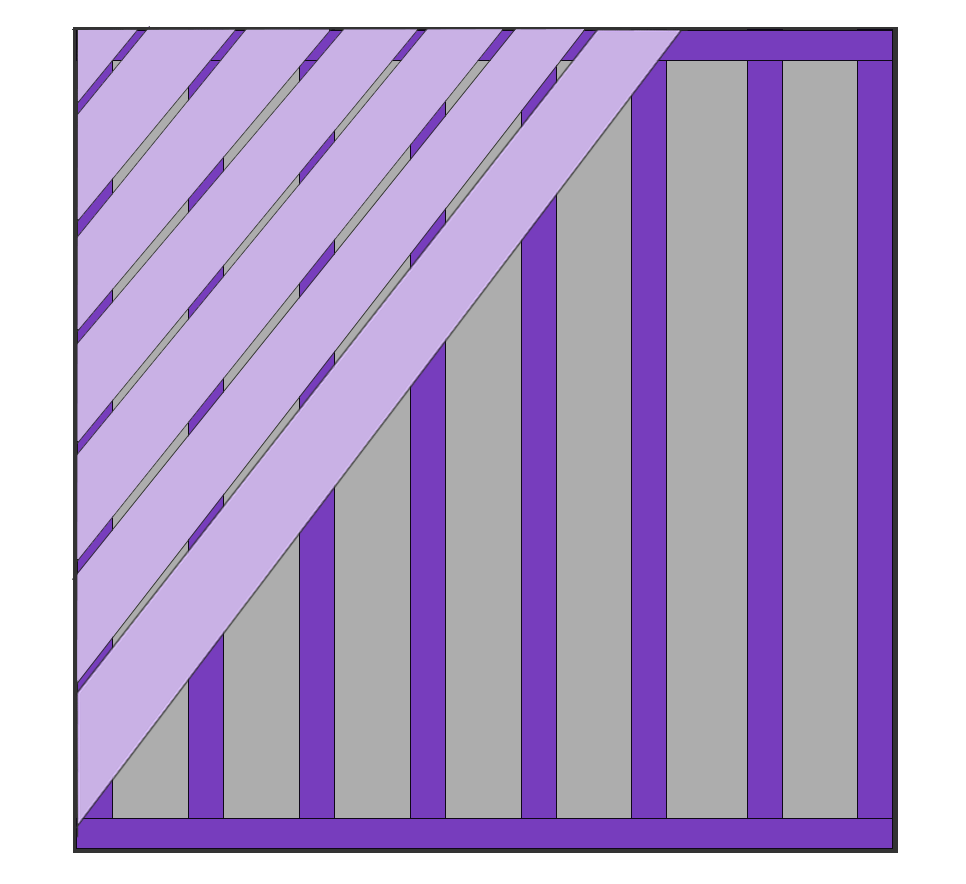
Chevron decking layout: This contemporary layout is slightly more complicated, but offers a contemporary design. You will have more work cut out, but it’s definitely worth it for a modern look.
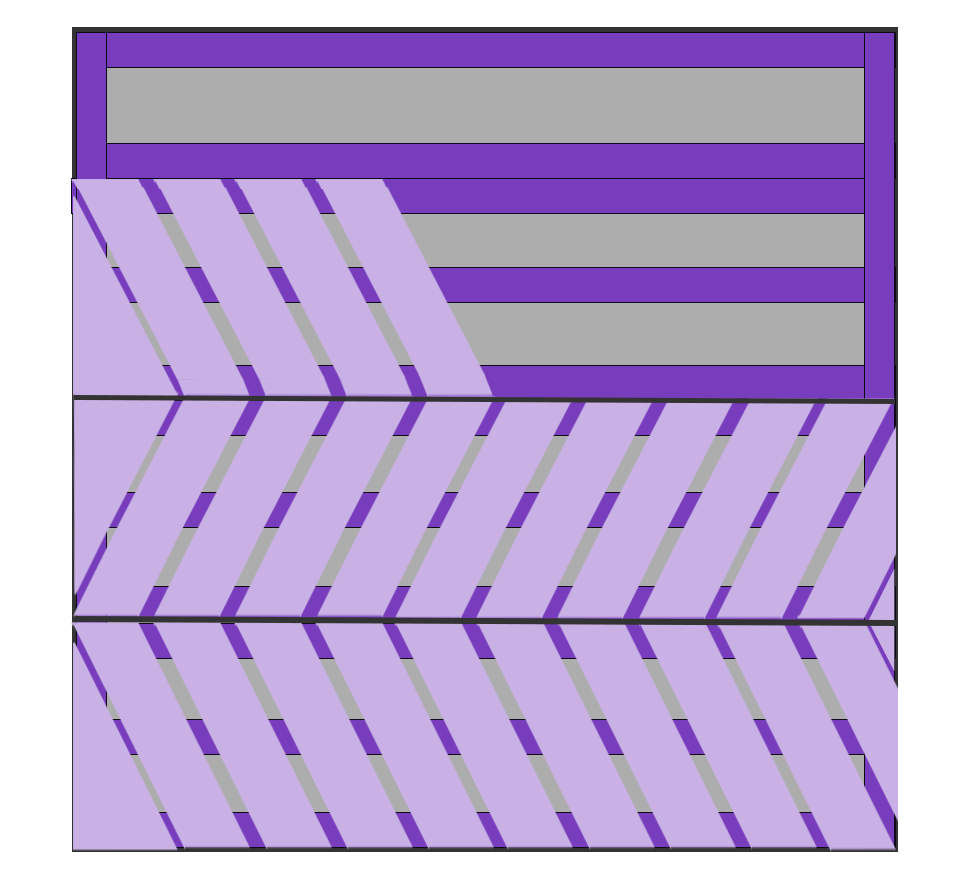
Picture frame decking layout: This design is arguably more flashy, but can be the most difficult to incorporate into your decking design. As shown, the decking is set with a base frame of decking around the edge and diagonal decking in the centre. Hence the name ‘picture frame’.
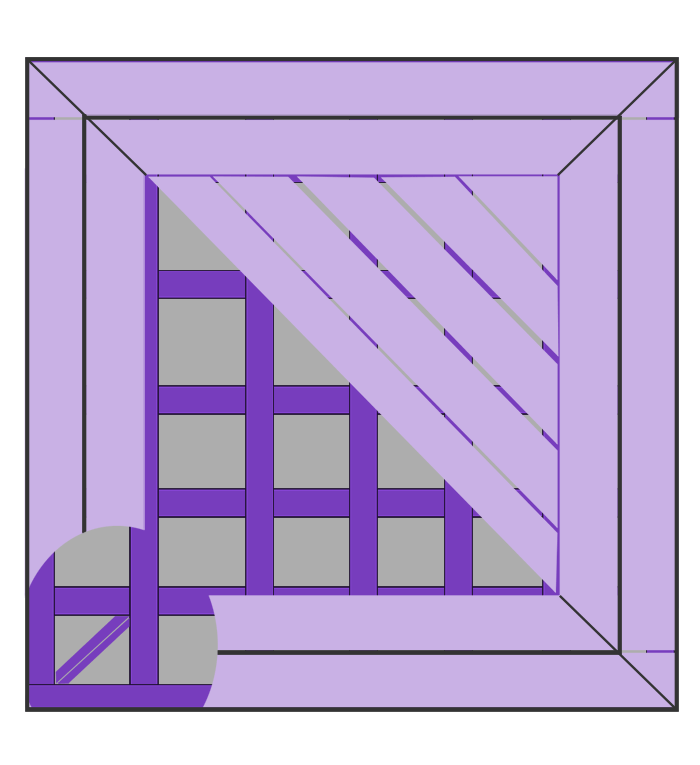
Combination: It’s important to note that there can be designs made out of each separate design above. It can prove complicated in some cases, but if you have the desire for a varied style across the deck and the time to do so then you can consider it.
